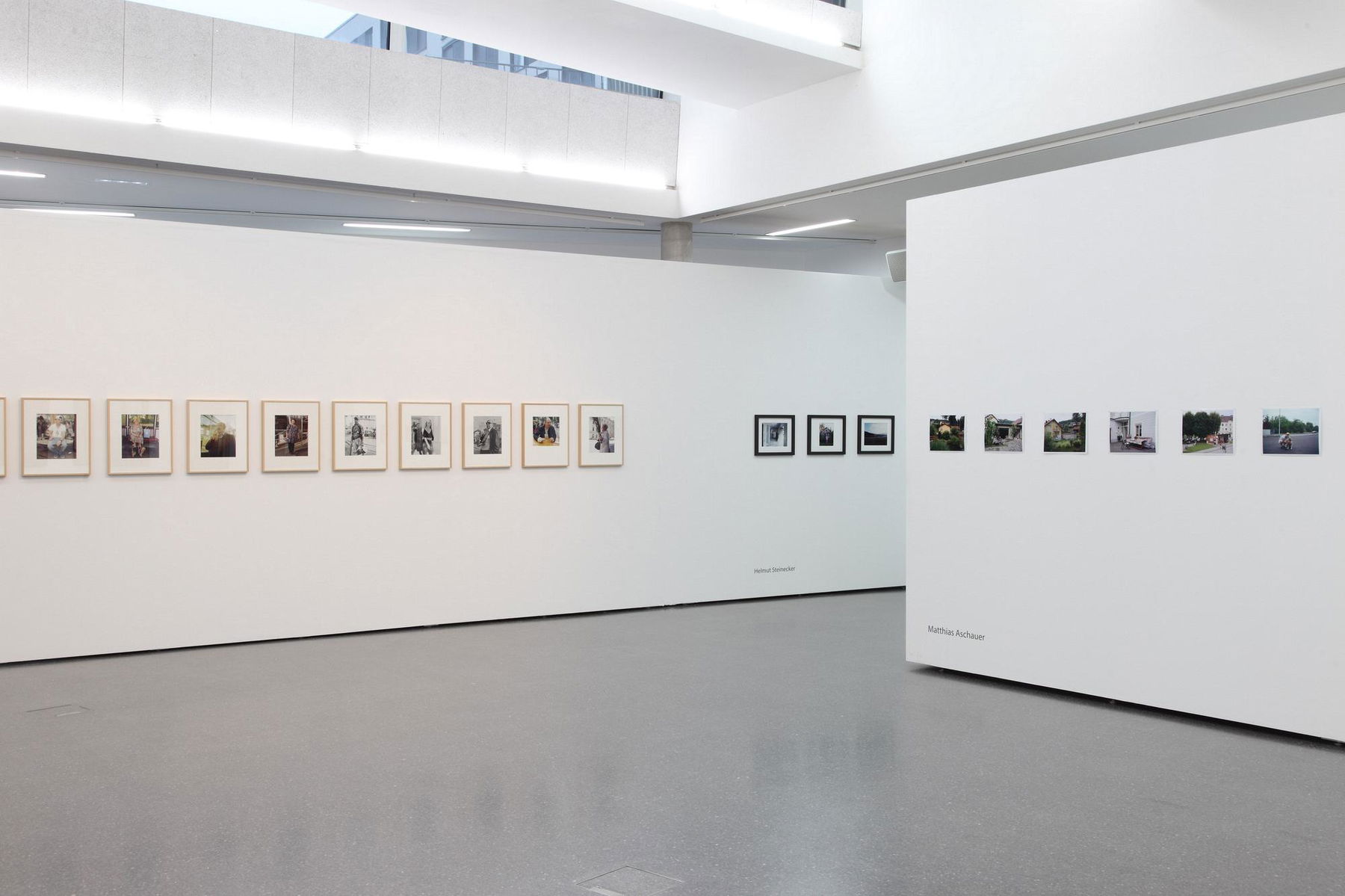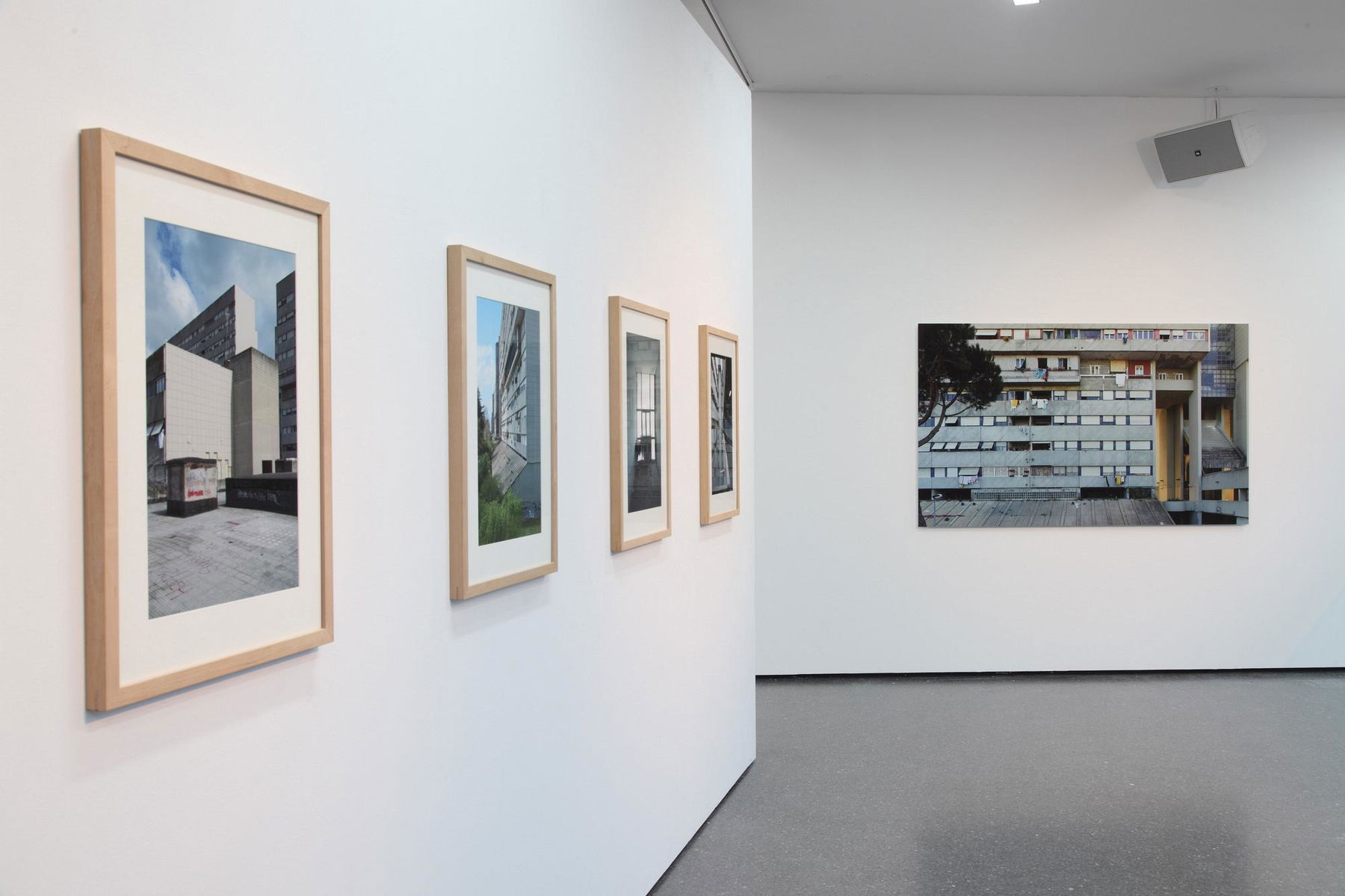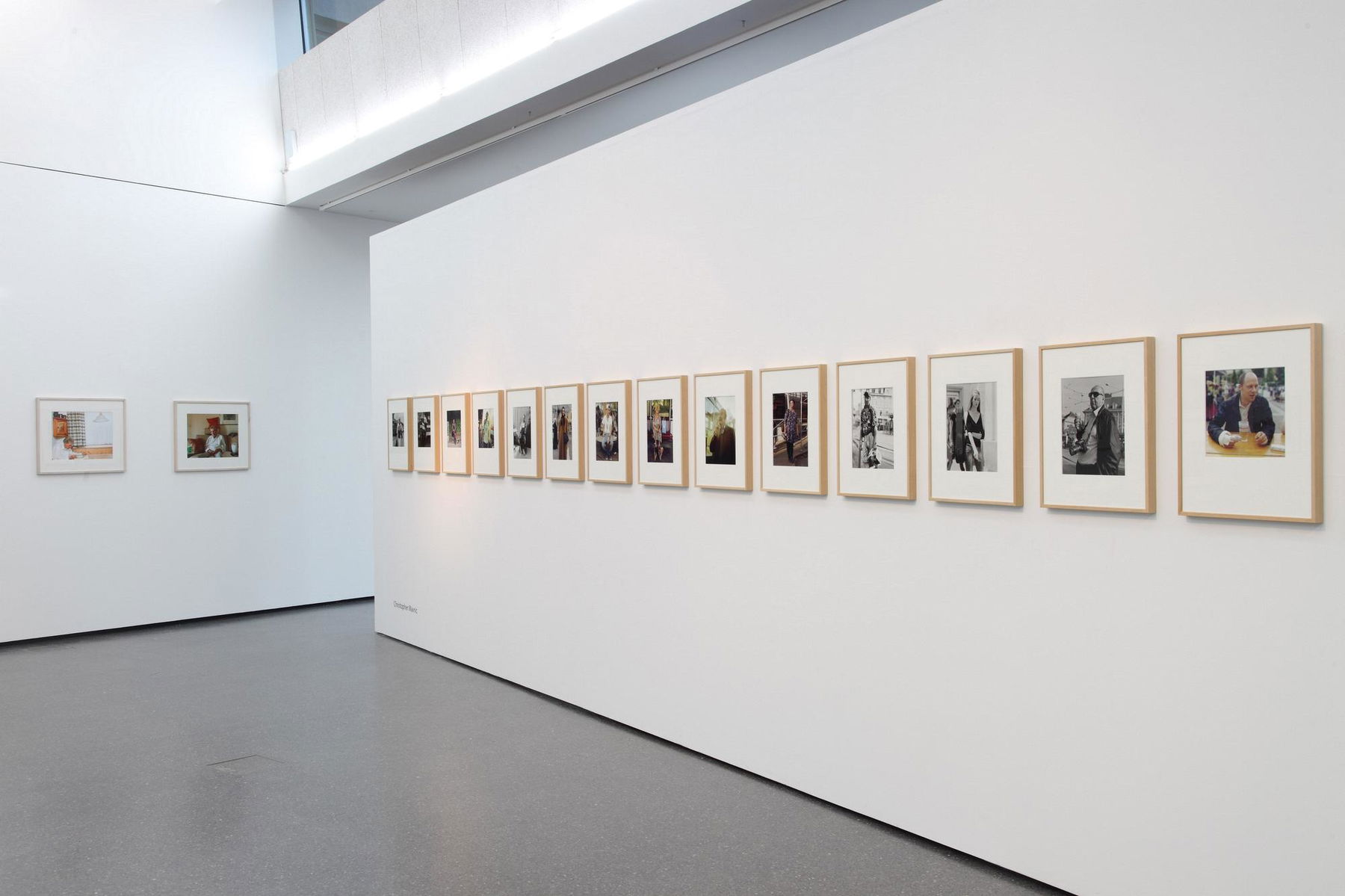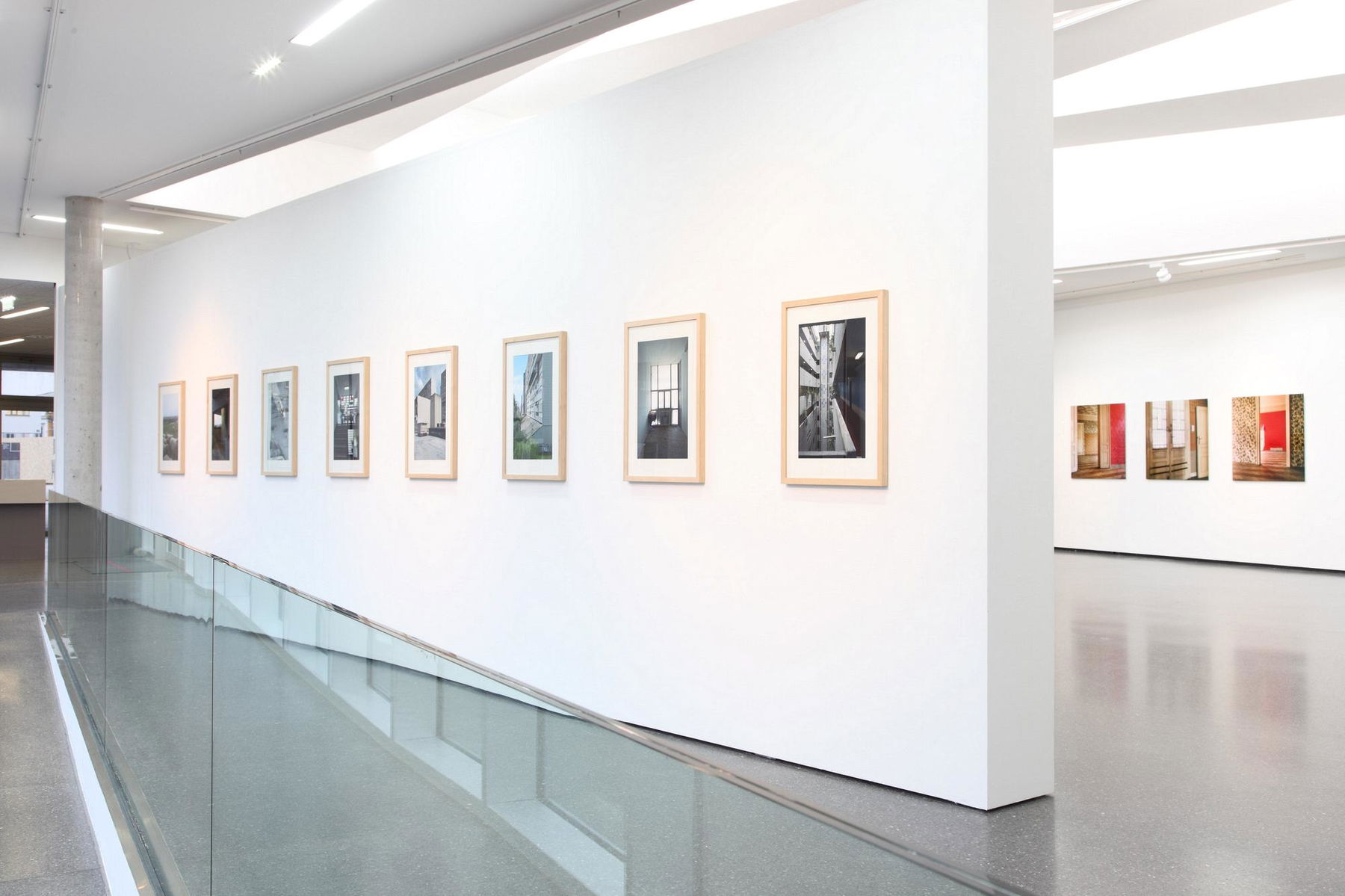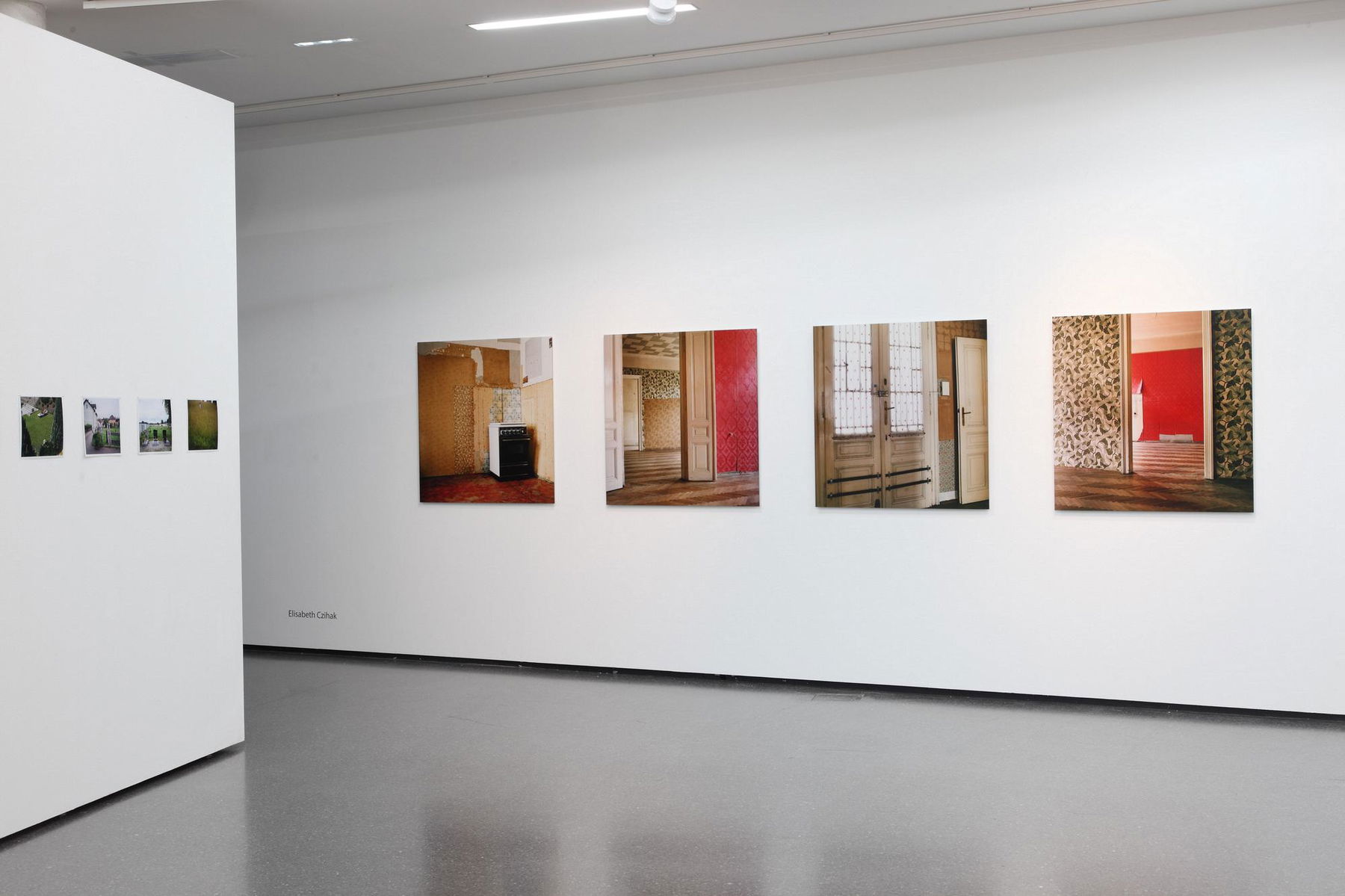Österreichische Dokumentarfotografie
Matthias Aschauer, Elisabeth Czihak, Otto Hainzl, Susanne Jakszus, Christopher Mavric, Zara Pfeifer, Helmut Steinecker, Rudolf Strobl
As the first exhibition in January 2015, we present current positions of Austrian documentary photography. The photographers gathered in it deal with concrete places and related social topics in partly very extensive long-term projects.
Christopher Mavric
Christopher Mavric has dedicated himself to the genre of street photography in his series “Wildfremd – Straßenportraits aus Graz und Wien“, which will be available as a book in February. Everything is live and unposed in his portraits of Austrian people moving in urban spaces. Appearing: Passers-by in the literal sense of the word, Grazers, Viennese, contemporaries roaring through the picture and the city, but also waiting, lingering, stranded on a bench residents of their neighborhoods, each in their own habitus, a very contemporary or already somewhat aged – in any case preserved for all time in the photographic image.
“All the people depicted are strangers I photographed on the street. I didn’t ask most of them for their permission. It had to be done quickly: When people are not yet thinking about how they look right now, the shots become more authentic. Many of these captured situations seem absurd and the people in them strange. But they are not. It’s all everyday and the people are ordinary – everyday we can meet on the street.“ (CM)
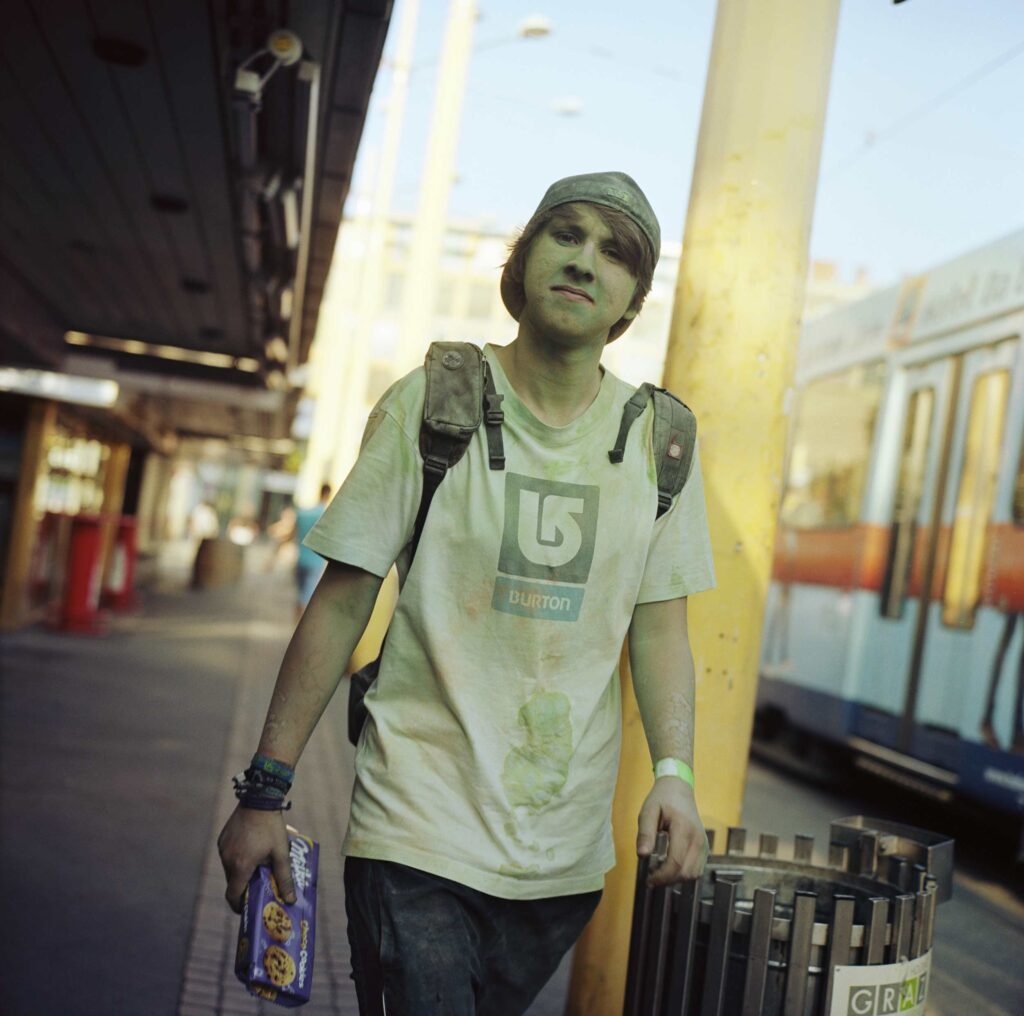
Helmut Steineckers
Helmut Steinecker’s “Tichá“ is a southern Bohemian border village, just a wooded hill away from his home – the Austrian village of Unterwald. There, on the former Iron Curtain, in what is now known as the Green Belt, he finds relics of a Europe divided for nearly half a century. This remote area seems to be settling into a new identity between ruins and kitsch. As a former exclusion zone opening up between two power blocs, the place is in an exceptional historical but also geographical situation. Steinecker dedicates his factually concentrated but at the same time emotionally participatory photography to this village of about 100 inhabitants. “Tichá“ is now also available hot off the press as a book in the FOTOHOF>EDITION.
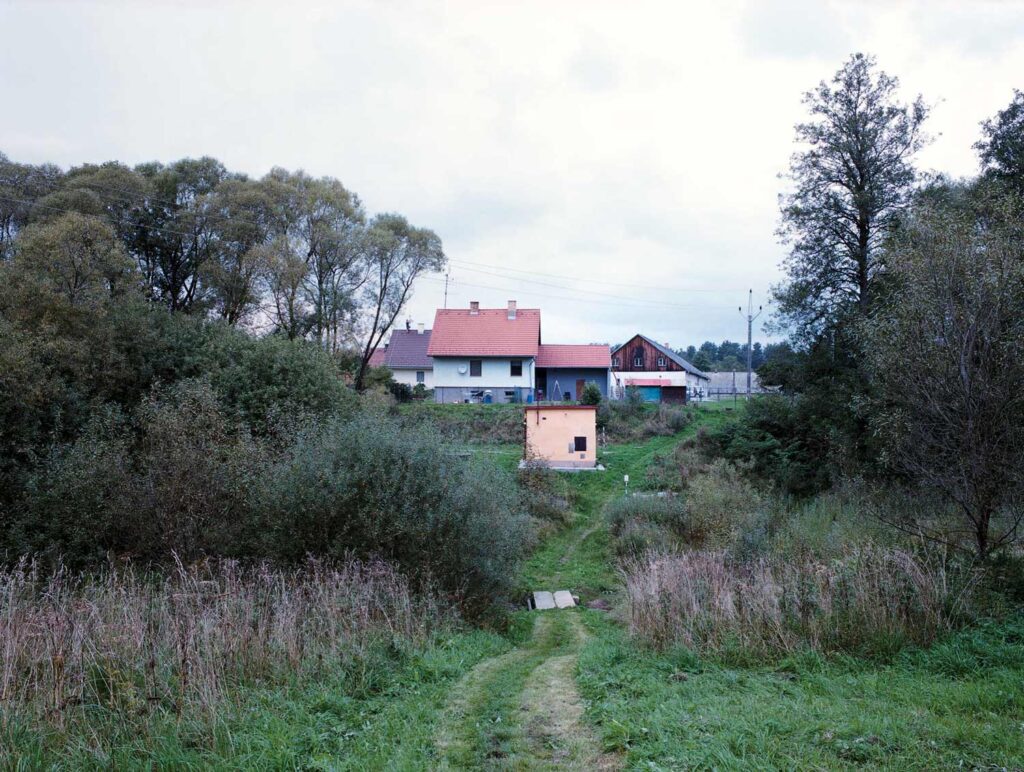
Matthias Aschauers
The reception of images of the world is increasingly shifting from the level of classic pictorial reportage in magazines to the field of art, and here in particular to the medium of books. Thus, in addition to the two books by Mavric and Steinecker, Matthias Aschauer’s images of Attnang-Puchheim are also part of a book in the making. His series is a review of his origins while surveying the social landscape of Upper Austria from different angles. “The work ‘Nang-Pu’ is a documentation of the small Upper Austrian town of Attnang-Puchheim. The town is known to most Austrians, if at all, only through the relatively large train station. With my pictures I try to give an insight into the town, where different layers, cultures and subcultures meet. Attnang-Puchheim, an epitome of the Austrian province, shows itself in the pictures self-confidently as a multilayered cosmos.“ (MA)
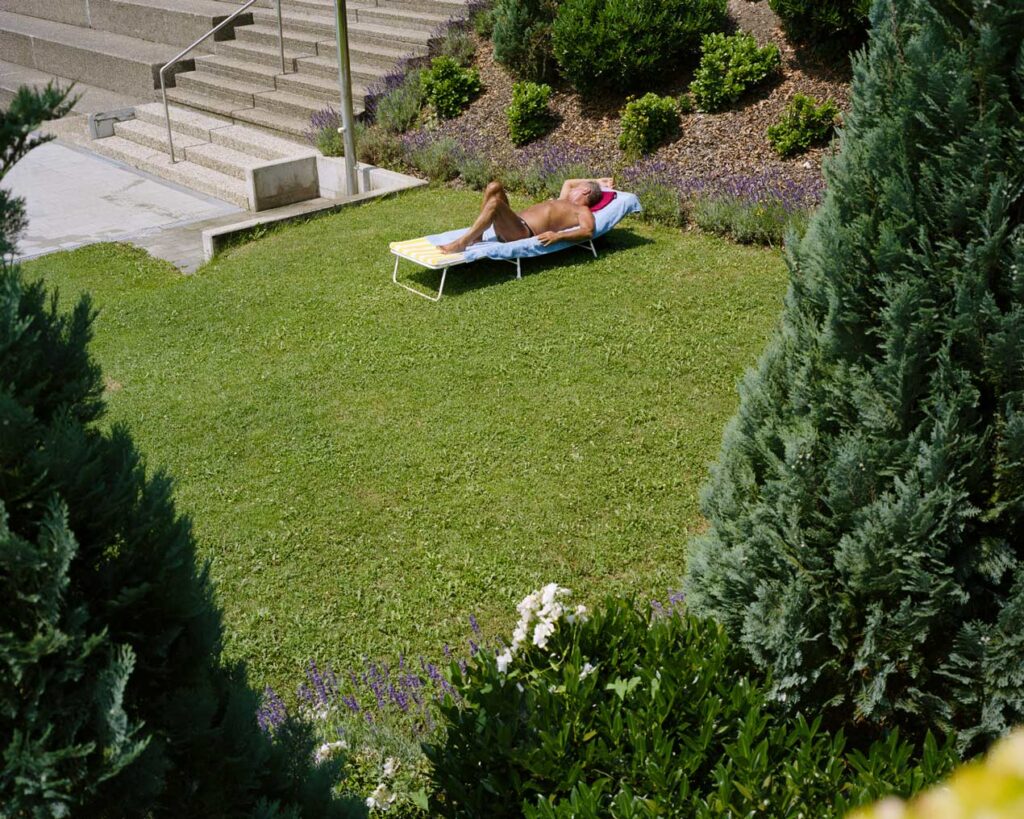
Otto Hainzl
“Corviale“ – kilometer-long corridors, impassable staircases, graphic codes, illegally populated zones, murals. “Corviale“ is a residential block on the outskirts of Rome, just under a kilometer long and counting more than 8,000 inhabitants – a city in a building. It is an architectural-social manifesto charged with the traces of being human. Otto Hainzl has lived in the building to share his world of perception in this series of images. The work tells about plan and reality, about the building, its peculiarities and life worlds found there. This work is also published as a book, in April 2015 by Kehrer Verlag.
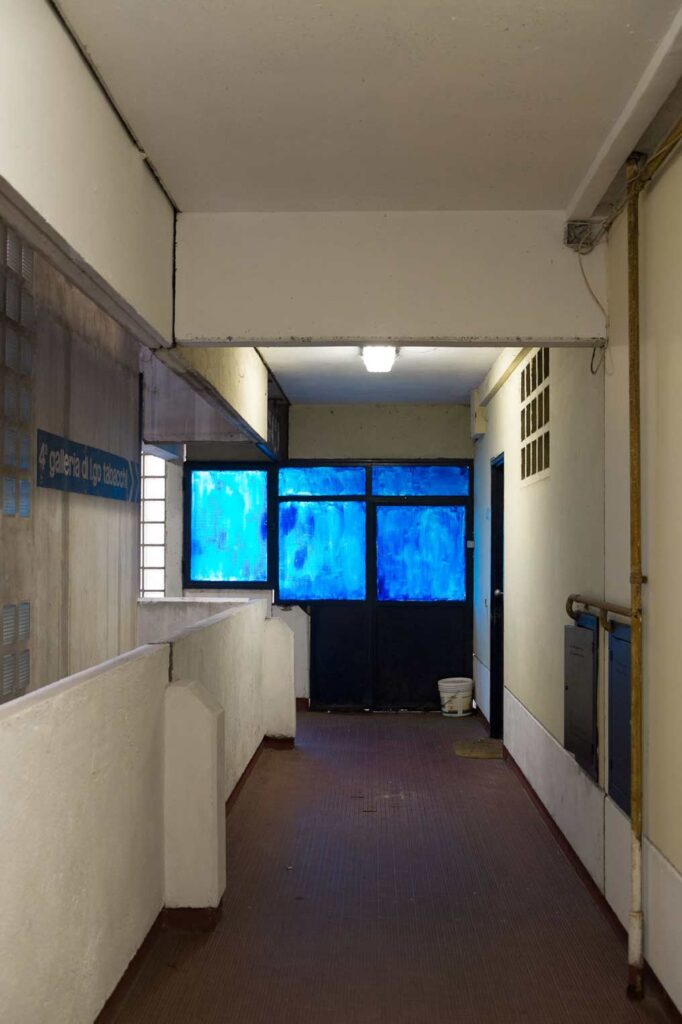
Elisabeth Czihaks
Elisabeth Czihak’s images of abandoned interiors are a safeguarding of traces of human existence. Absence is the photographic documentation and interpretation of a municipal building in Vienna’s 19th district that had been empty for about two years when the photographs were taken.
In addition to exterior shots of the five staircases (entrances), there are two interior shots of each of the total of 36 apartments, which were taken in October 2006 – varying in motif and angle of view depending on the situation found.
The special thing about this residential building was the apparently short period of time that the former residents stayed there and the resulting first impression of extreme uniformity in the furnishings and way of life. All these details, as inconspicuous as they may be, inspire associations with the life stories of anonymous residents.
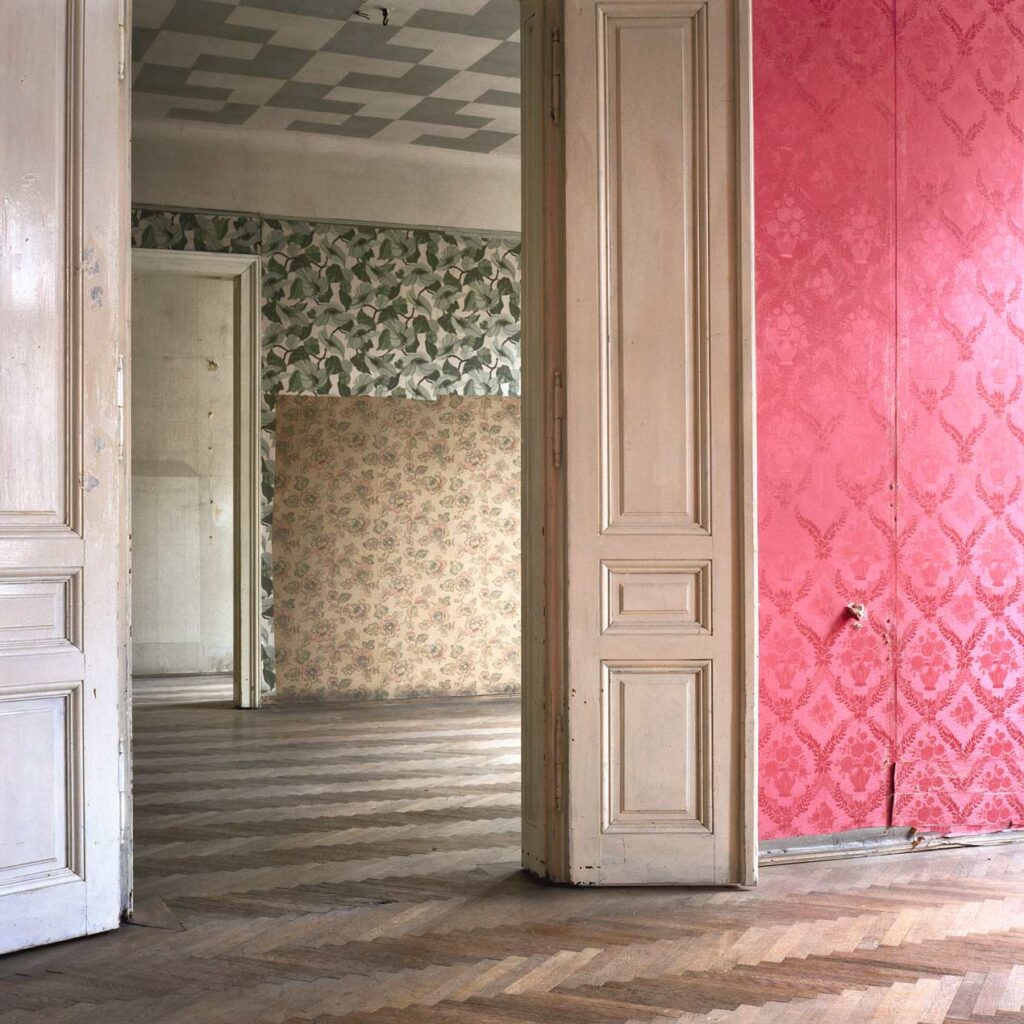
Zara Pfeifer
Zara Pfeifer’s analog color photographs open up insights into the interior spaces of the large housing estate Alterlaa, which was built in Vienna by Harry Glück in the 1970s.
In the residential park, which is home to around 10,000 people, photographer and architect Zara Pfeifer focused primarily on the communal spaces that are cut off from daylight. Currently, 32 clubs are located there, such as the theater club, bridge club, modeling club, shooting club. The swimming pools are also well known. With the membership in the photo and video club, the photographer began her work in the residential park and was gradually integrated into everyday life. She met open and proud residents who identified with the architecture. The following questions accompanied her work: How much planning is necessary to enable the use of common spaces? How does architecture contribute to forms of communalization? “Zara Pfeifer uses photography as a depictive, as a researching and designing instrument to provide information about the meaning of architectural spaces and ultimately about nothing less than the various fine degrees of human familiarity and friendship in these spaces.“ (Angelika Schnell)
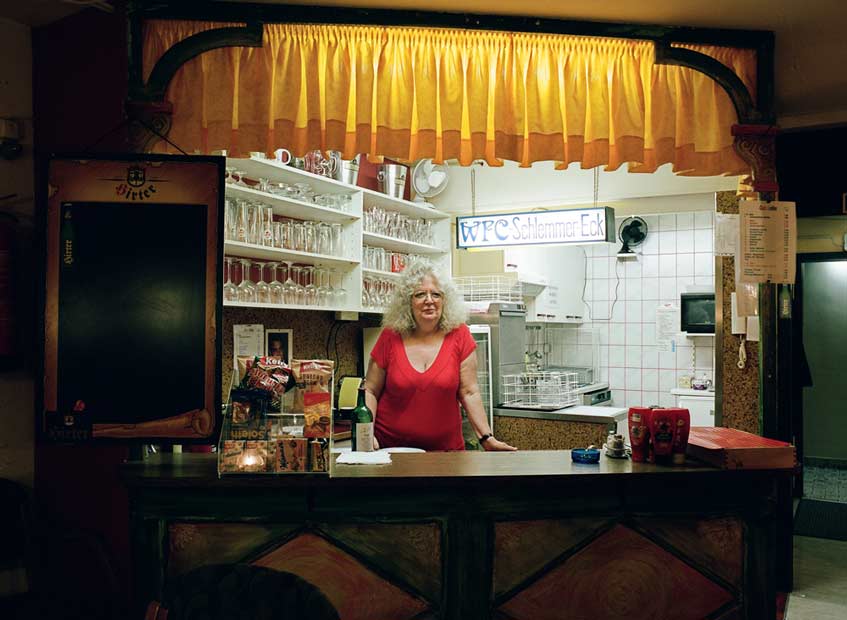
Rudolf Strobl
Photographer Rudolf Strobl, who grew up in Salzburg, deals with his parents and the story of their estrangement in a very intimate way. “Sunday was family day. Everyone came together and talked about the events of the past week. When I visited them I was welcome but no longer part of the family habits that characterized their everyday life together. Sometimes they sat in the living room without talking much but in deep agreement. My parents became strangers to me. I began to photograph them to better understand the change. Everyday life turned into interchangeable scenes from a general life and became a fictitious placeholder – just as alien as a visit on Sunday or a family album. Meanwhile, recently, my father has moved to a nursing home.“ (RS)
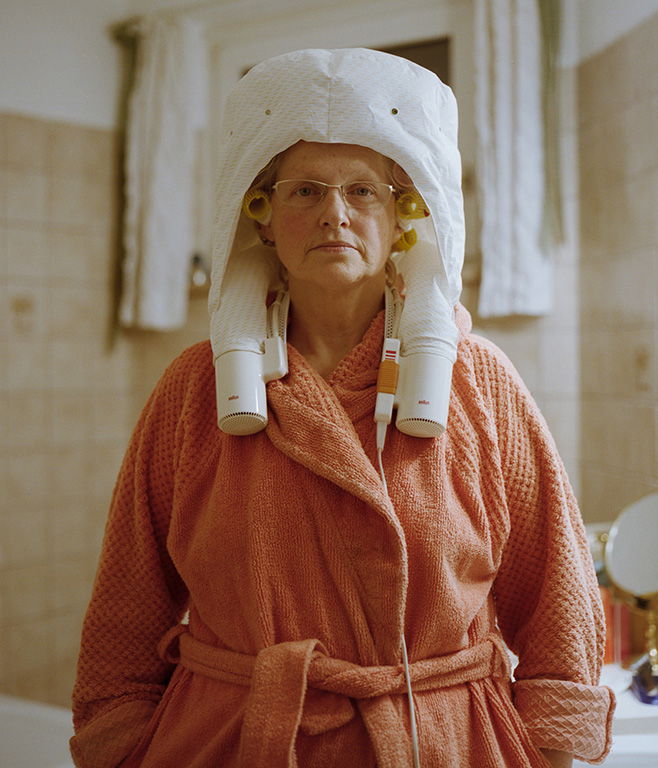
Susanne Jakszus
Susanne Jakszus’ work marks a borderline of a photo-documentary project towards photo-reportage. Her series “Happy Ending“ deals with phenomena of sex tourism in Pattaya near Bangkok. Pattaya, one of the largest “pleasure districts“ in the world, has also become a center of love for sale in the aftermath of the Vietnam War. A real as well as often only dreamed of exit scenario is marriage with foreign men. Susanne Jakszus has visited Pattaya several times and captured this erotically charged place in its various facets with critical interest.



